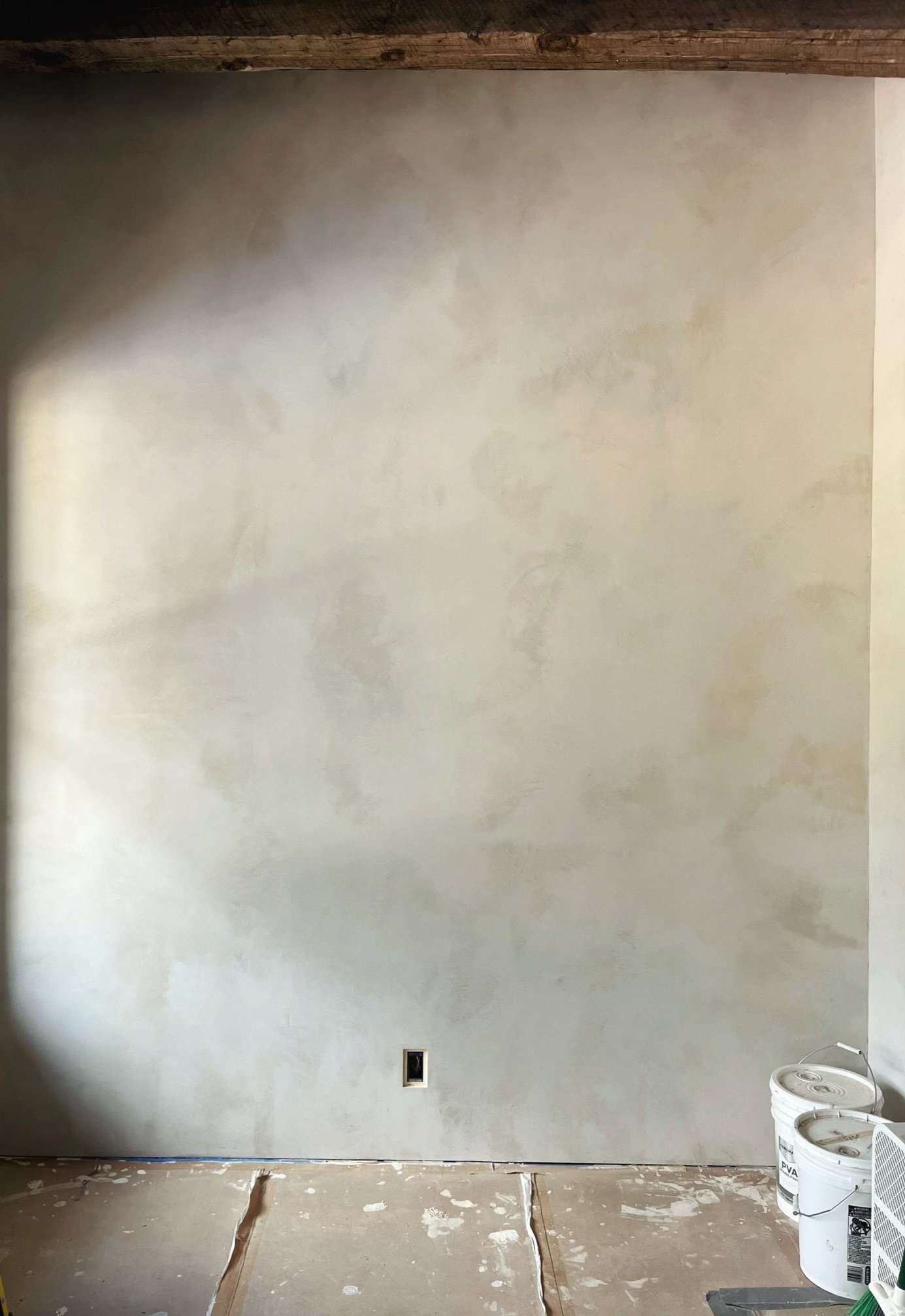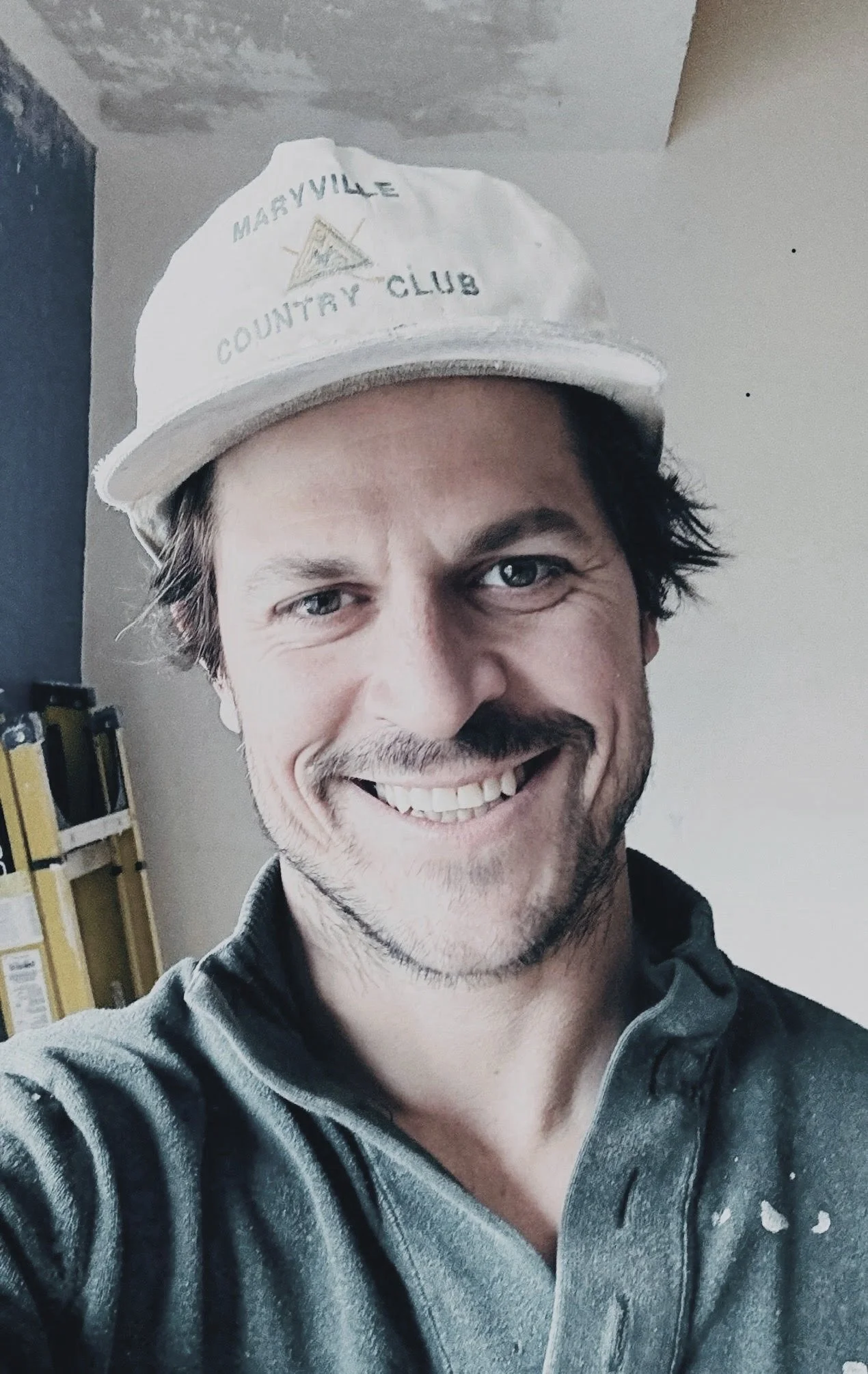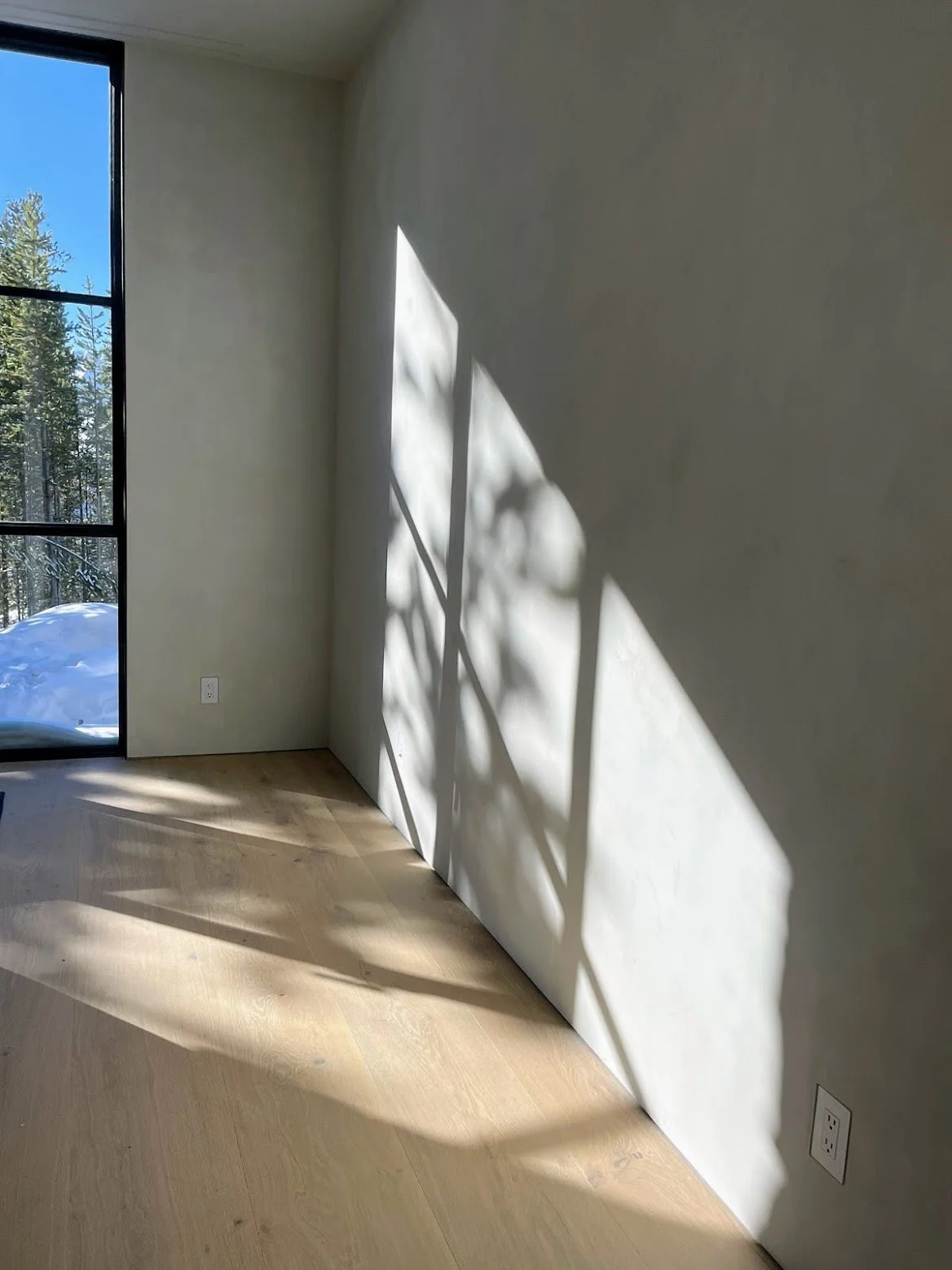
an intentional practice.
I’m comfortable with muddy hands, moving, making, and mixed up in the process of contemplatively creating aesthetic spaces.
Compelled by human investigations into value hues and subtleties, I studied philosophy and humanities in undergraduate while playing linebacker at Northwest Missouri State. My master’s degree is in English literature, focused on Wallace Stevens. I worked as a river raft guide on the Yellowstone. I’ve been a snow maker/ attempted ski bum in Jackson Hole. I’ve been an optician and tried my hand at landscape construction. I taught in the humanities at Montana State for years. I produced and acted in a few plays at the verge, where my art was featured as an integrative part of the production.
Searching, along the way, and with these experiences as aggregates, I’ve found myself to be a tactile artisan and visual artist, rejuvenated, revitalized, and redeemed by the capacity for matter plus will and vision to turn and texturize into a manifest object, surface, or space which resonates the spirit and stimulates the senses with a vitality mirroring that amorphous electricity vibrating through us all. Plaster draws my eye with its multidimensional nature. It receives light, glowing a spirit of authenticity and awareness in the environs. I’ve been working with some of the finest plaster artisans in the world for the last few years, right here in Bozeman, applying plaster, and this philosophy.
Collaboration is at the heart of what I do.
I work closely with clients, artists, architects, and interior designers to understand their aesthetic preferences, project goals, and spatial dynamics. My work is a sanctuary for those who appreciate the timeless beauty and versatility of something as simple as plaster as a medium. With a passion for precision and an eye for innovation, I take pride in transforming spaces to reflect their best version.
-Evan
why plaster?
Plaster is authentic, unlike paint and faux finishes that try to imitate its effect. Drywall textures and paint mimic the look of traditional plaster, which was originally applied over wooden lathes, seeping through the gaps to create a solid, resonant surface.
Plaster interacts with light in a unique way. It doesn't just reflect light—it splits and enhances it, doubling the beams and adding depth and dimension to a space.
This interplay gives the walls a dynamic quality, making the room feel alive.
What's the difference?
Even with the same color, a plastered room appears twice as bright, glowing with a vibrancy that paint alone can't achieve.

